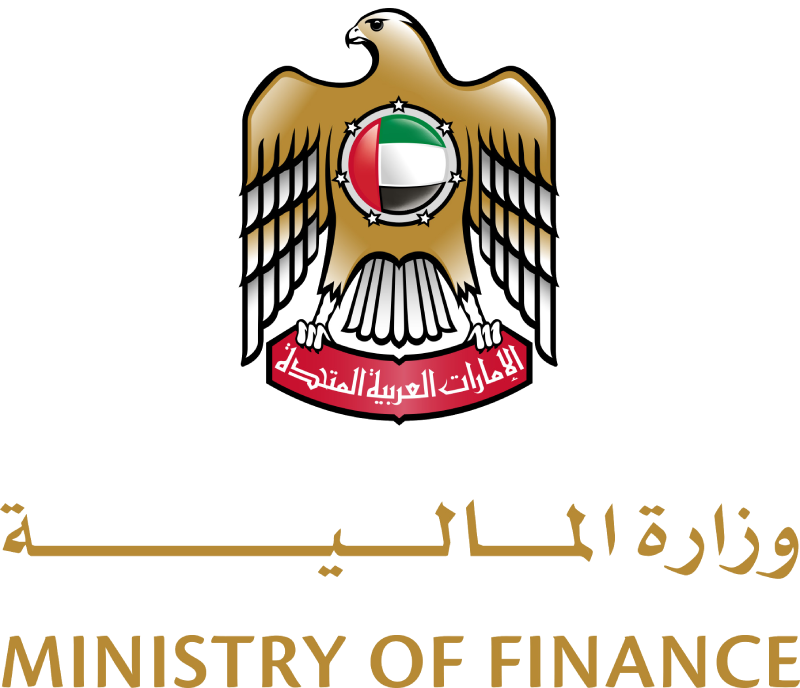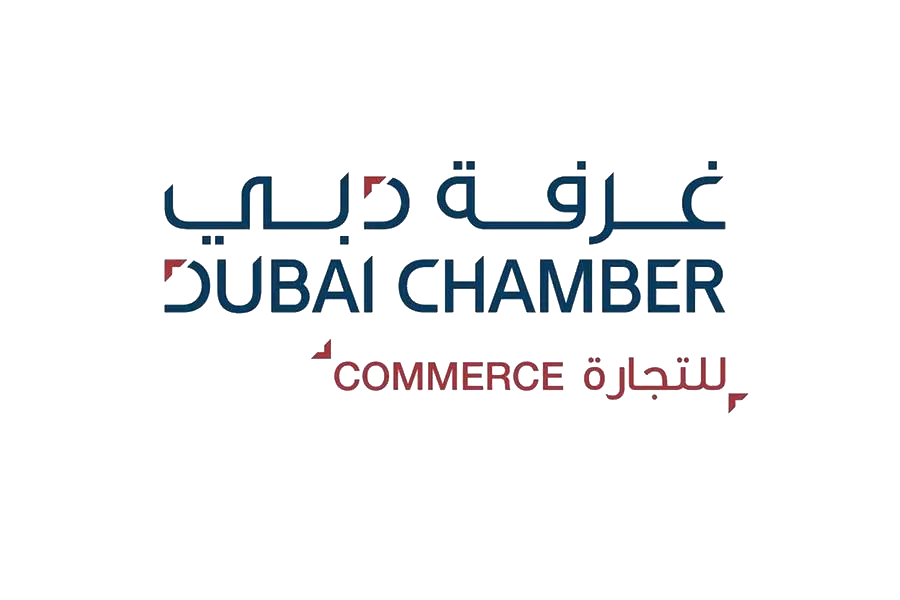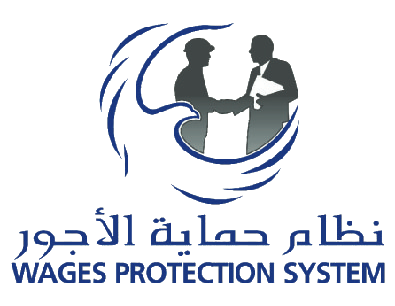Thriving Under Pressure: How Can HR Department Excel in High-Stakes Environments
Thriving Under Pressure
Picture yourself at the intersection of corporate aspiration and human resources challenges, where HR professionals must perform a delicate dance to please the demands of top management. If you’ve ever wondered how to thrive in this pressure cooker, this blog is your guiding light.
Handling pressure from top management is a common challenge for HR departments in organisations. HR professionals often find themselves in situations where they must balance the expectations of top executives with the best interests of employees.
BelsioHRMS.io shares some tips for handling such situations effectively:
Realise the Business Goals:
Start by thoroughly understanding the organisation’s business objectives. This will help HR align its efforts with the broader mission of the company. Here are some examples:
- To align your team’s focus with the overall values of the company
- To improve every employee’s unique experience
- To give employees a sense of ownership over their work
- To boost morale
- To measure your progress and KPIs from quarter to quarter
- To show people you care
Build Strong Relationships:
Cultivate strong relationships with top management. Open lines of communication and mutual trust are pivotal for effective cooperation.

Enlighten Top Management:
Ensure that top executives have a clear understanding of HR’s role and the importance of HR functions in attaining organisational success. Sometimes, pressure arises from a lack of awareness about HR’s contributions.
Data-Driven Decision-Making:
Use data analytics to support HR decisions and exhibit the impact of HR initiatives on business growth. This can help justify HR actions to top management.
Set Realistic Expectations:
Communicate openly with top management about the practicality of their requests and expectations. Be transparent about resource constraints or likely challenges.
Prioritise Strategic Initiatives:
Focus on striving for strategic initiatives that directly align with the organisation’s goals. This can help HR demonstrate its value in contributing to the company’s achievements.
Constructive Communication:
Clearly communicate HR’s limitations, timelines, and potential risks when dealing with top management’s demands. Provide alternatives and solutions where possible.
Establish Policies and Procedures:
Develop and communicate HR policies and processes that align with legal and ethical standards. Having clear directions can help HR professionals maintain uprightness and navigate pressure situations.
Document Decisions and Actions:
Maintain detailed records of HR decisions and actions. This documentation can serve as evidence of HR’s due diligence and adherence to policies and legal requirements.
Employee Advocacy:
While collaborating with top management, HR should also advocate for the well-being and rights of employees. Balancing the interests of both sides is critical.

Resilience and Stress Management:
HR professionals often deal with intense situations. Implement stress management techniques and uplift HR staff to take care of their well-being to effectively handle pressure.
Continuous Improvement:
Regularly assess HR processes and practices. Ask for feedback from employees, managers, and executives to highlight the areas for improvement and demonstrate a commitment to evolving HR functions.
Negotiation and Conflict Resolution:
Develop strong negotiation and conflict resolution skills to effectively manipulate disagreements or conflicting interests between HR and top management.
In summary, the HR department should proactively manage pressure from top management by understanding the business context, building relationships, and communicating effectively. By demonstrating the value of HR initiatives and maintaining ethical standards, HR professionals can handle high-pressure situations while advocating for the best interests of both the organisation and its employees.













